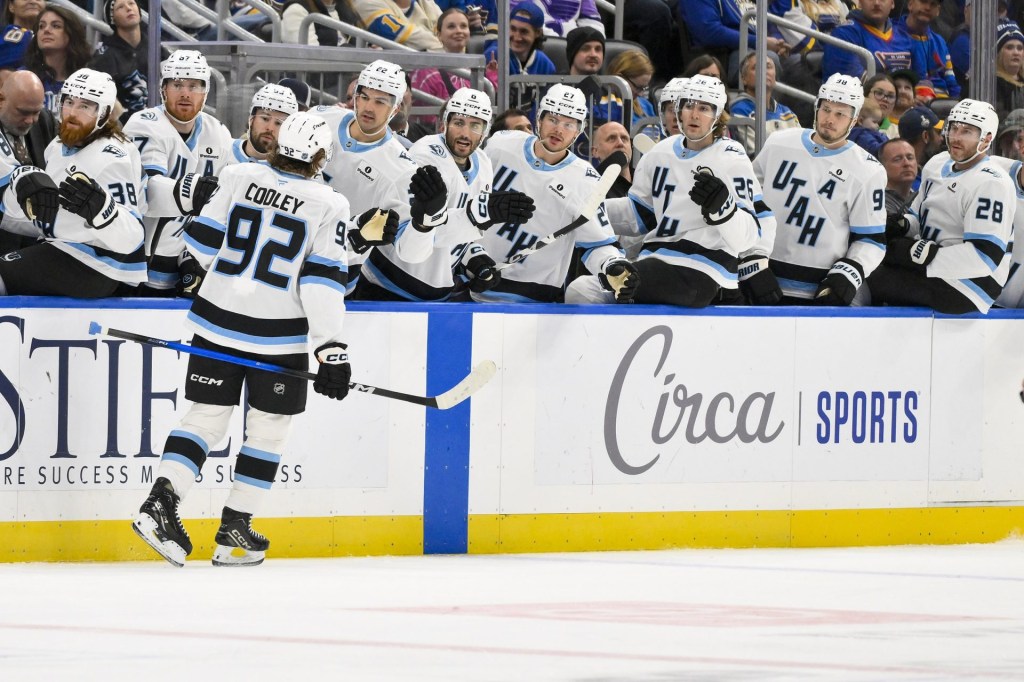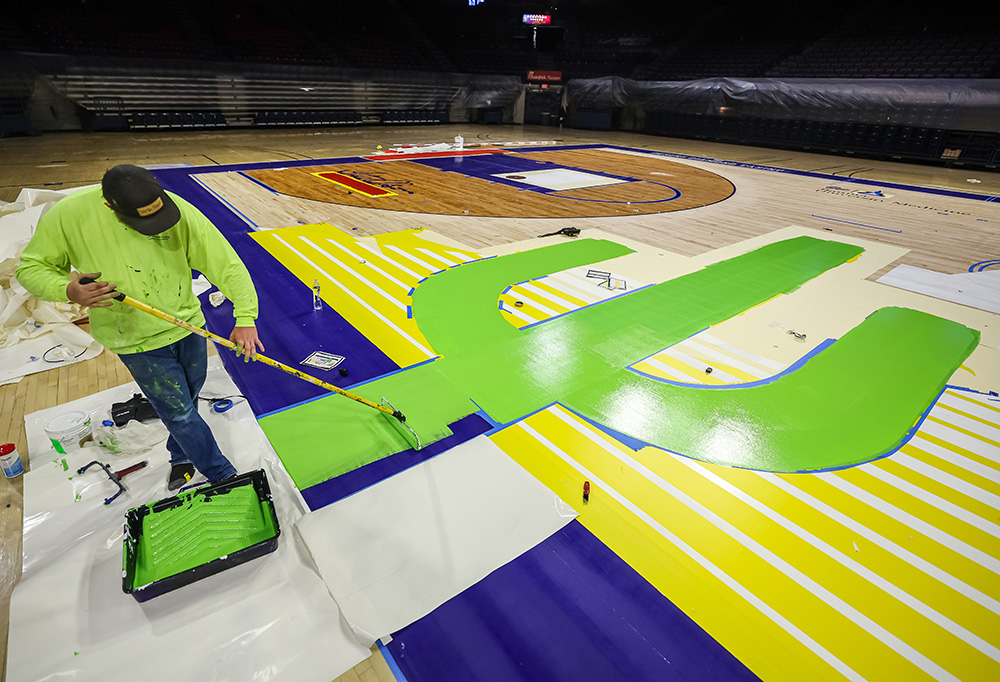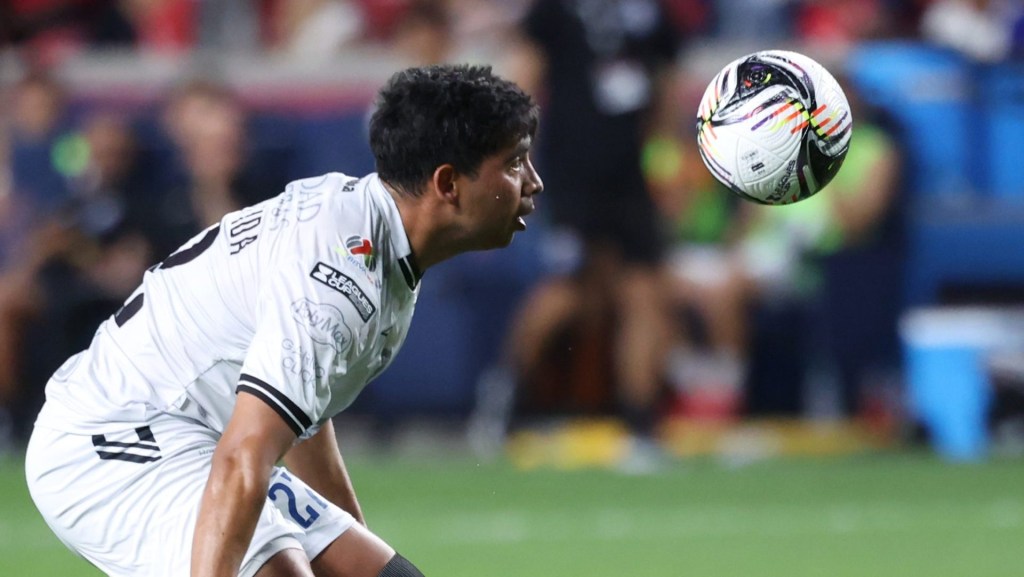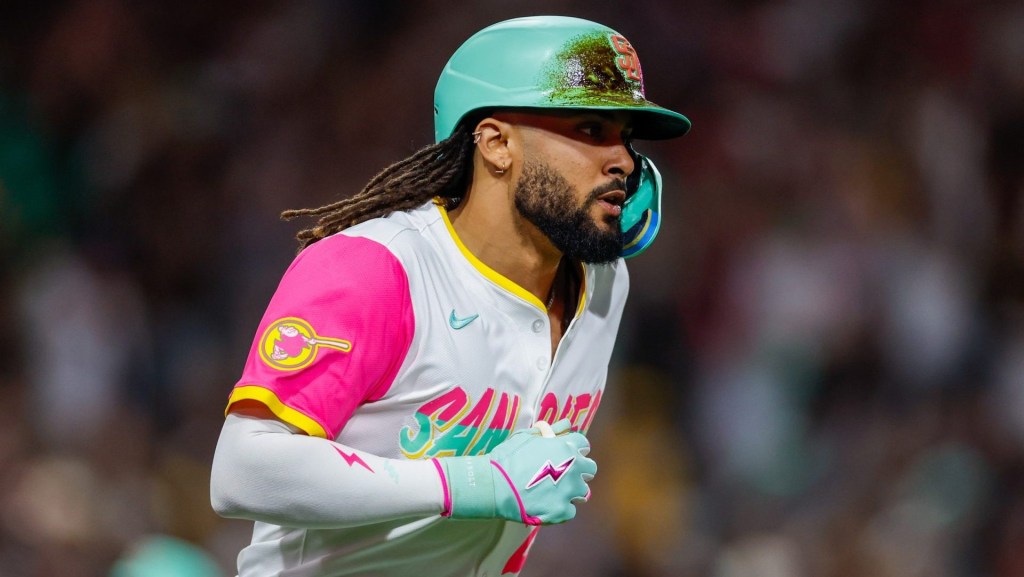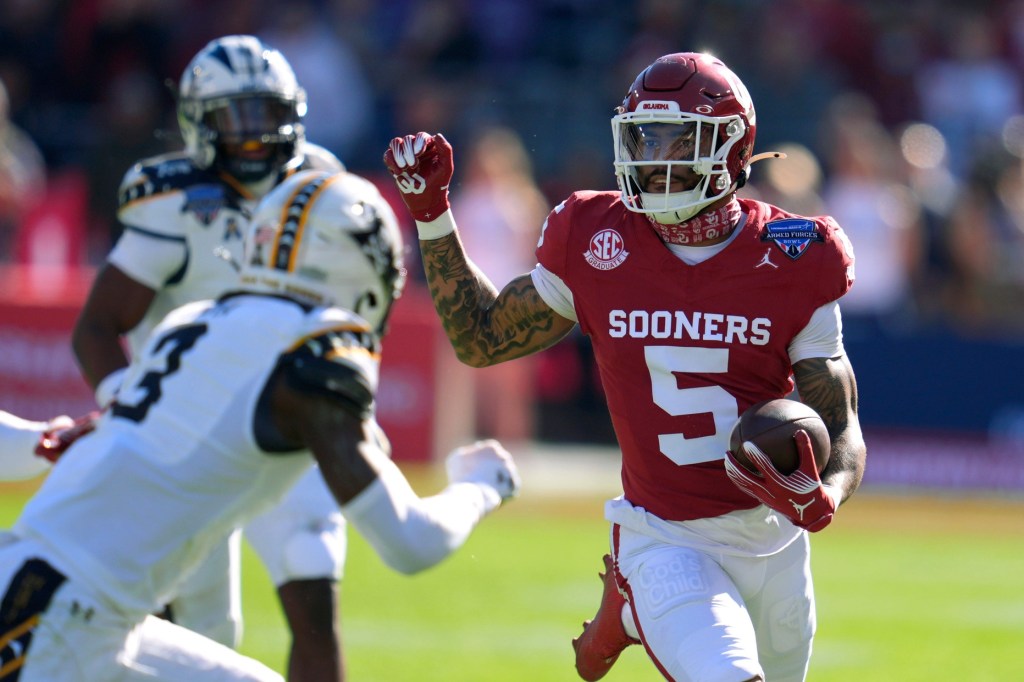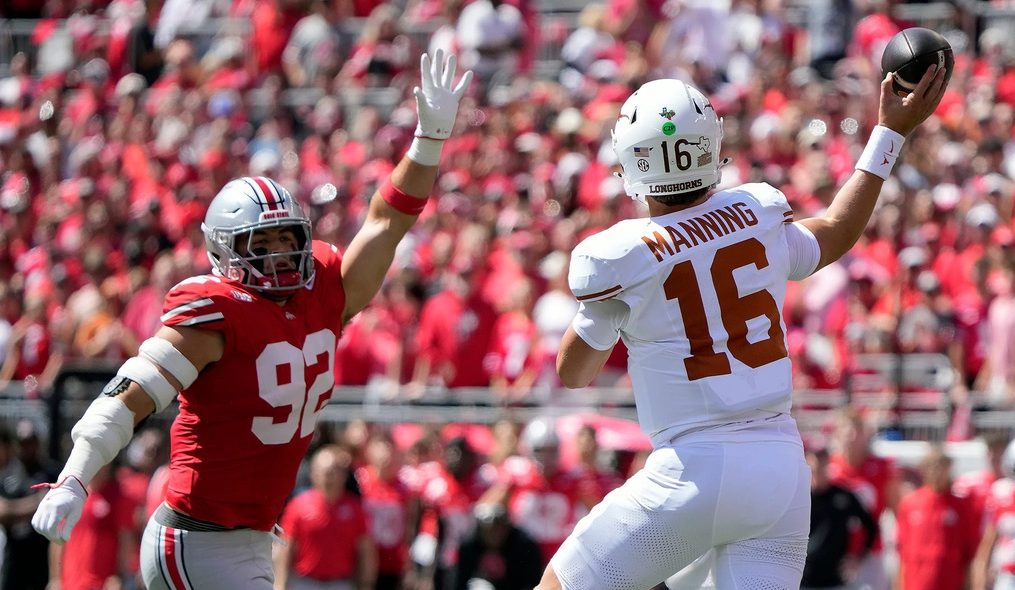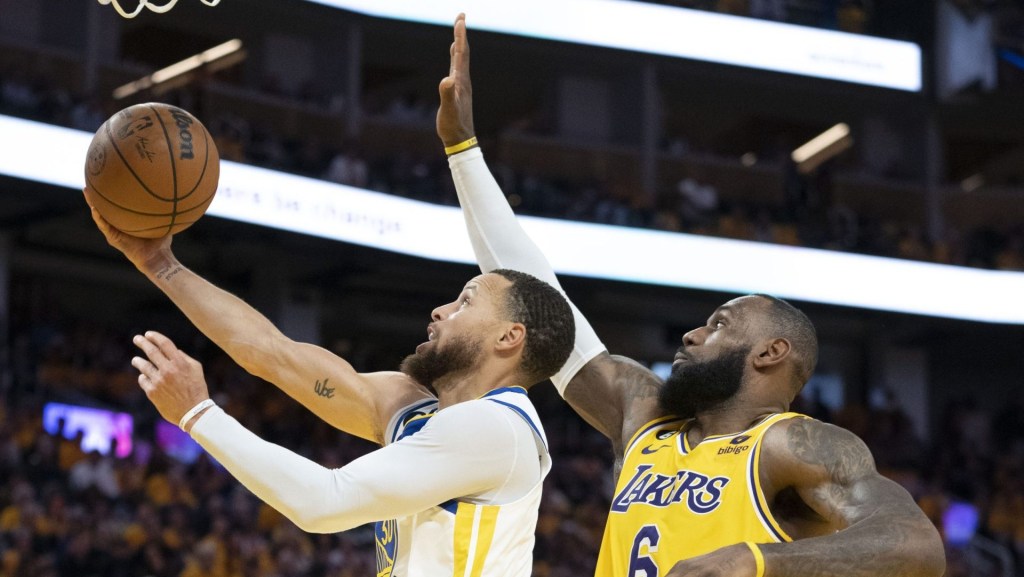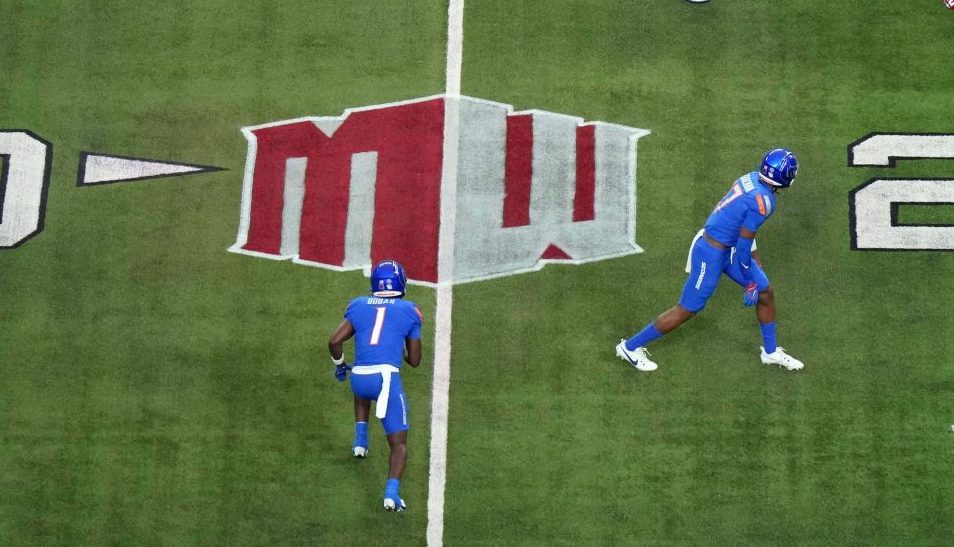
By: Chris Ordoobadi, @chris_ordoobadi
In 1999, the city of Dallas celebrated as the talent-packed Dallas Stars hoisted the Stanley Cup just six years after the team’s relocation from Minnesota. The winning team was star-studded, including future hockey hall of famers Mike Modano, Brett Hull, Joe Nieuwendyk and Ed Belfour. As it turned out, however, the team’s success was short lived. Following its historic Stanley Cup winning season, the franchise began to decline with attendance decreasing fairly consistently over the next 15 years. The low point came in the 2011–2012 season when the franchise went through bankruptcy and had the third-worst average attendance in the National Hockey League. Now, four years later, the Dallas Stars are back in the top half of the league in terms of average attendance, and the team has a new logo and exciting new franchise players in Jamie Benn, Patrick Sharp and Tyler Seguin. The Stars’ rejuvenation shares common features with that of other NHL teams once in need of a facelift, in particular, the Washington Capitals.
About a year earlier, the Washington Capitals faced stagnation similar to the Stars. Prior to their rebranding in the mid-2000s, the Washington Capitals were struggling. They failed to make playoffs in four out of seven seasons, a very similar statistic to the Dallas Stars who missed playoffs in five of the seven seasons prior to their rebranding. Both teams saw on-ice success dry up and attendance numbers shrink following successful seasons in the late 90s, the Stars having won a Stanley Cup in 1999 and the Capitals making it to the Cup finals in 1998.
The Capitals struck gold in the 2004 entry draft with first overall pick, Alexander Ovechkin, and 24th overall pick, Mike Green. Two years later, Niklas Backstrom was selected fourth overall in the 2006 draft by the Capitals and would serve as the perfect playmaking compliment to the goal scoring Ovechkin. As the new face of the franchise, Ovechkin scored more than 300 points in his first three seasons with the team (2005–2006, 2006–2007, 2007–2008).
The Capitals’ attendance average during this three-year period went from third-worst in the league to the top half. The team’s rebranding in 2007 undoubtedly added to this spike in attendance. The team’s new, bright red uniforms were sharp and exciting and a dramatic shift from the dark blue and black jerseys the team had worn since 1997.

The organization also introduced the “Rock the Red” slogan, which was featured in advertisements and on merchandise and apparel. As the young guns in Washington matured and Backstrom and Ovechkin remained among the most dynamic pair in the NHL, the Capitals’ record continued to improve and the team became a serious Stanley Cup contender again.
The young talent, the new jerseys, the Rock the Red slogan and the success on the ice made the freshly rebranded Washington Capitals an absolute smash hit, remaining in the top half of the league in terms of average attendance ever since, and reaching the top-five in the 2014–2015 season.
The Dallas Stars would appear to have followed the Capitals’ model. In 2009, the Stars signed emerging star, Jamie Benn, who developed quickly over the following five seasons and was awarded the Art Ross trophy in the 2014–2015 season as the league’s leading scorer. In 2013, the Stars added another star forward to the roster: Tyler Seguin. Seguin not only added offensive prowess, but he had a personality that could be made into a face of the franchise. Like Mike Green in Washington, Seguin has been able to add on and off-ice interest for the Stars.

The Stars’ new talent on the ice was matched by new a new look. In 2013, the Stars introduced bold new jerseys to replace their old jerseys and added a bold new logo involving a large uppercase ‘D’ with a star encompassed in it. Combined, these changes seemed to fuel a new start for the team.
The changing fortunes of the Stars were reflected in the team’s record. The Stars went from missing playoffs in the 2014–2015 season to being Western Conference champions this past season, with Jamie Benn scoring a career high 89 points. Since the rebrand, the team’s average attendance has increased and, like the Capitals, will likely remain in the top half of the league.
The similarities between the rebuilding strategies of the Washington Capitals and the Dallas Stars suggest that there are two key components to franchise rejuvenation. First, it is necessary to find young, energetic and charismatic talent on the ice. Such players show their worth not only on the scoreboard, but also in the interest they generate among fans and their ability to hook new fans and develop a following.
Second, a new, reinvigorated brand image is critical. Such rebranding reflects the energy and excitement of the new players in graphic terms — color, style, up to date graphics and marketing strategies. This two-pronged strategy seems to work symbiotically with each aspect enhancing the appeal of the other.



